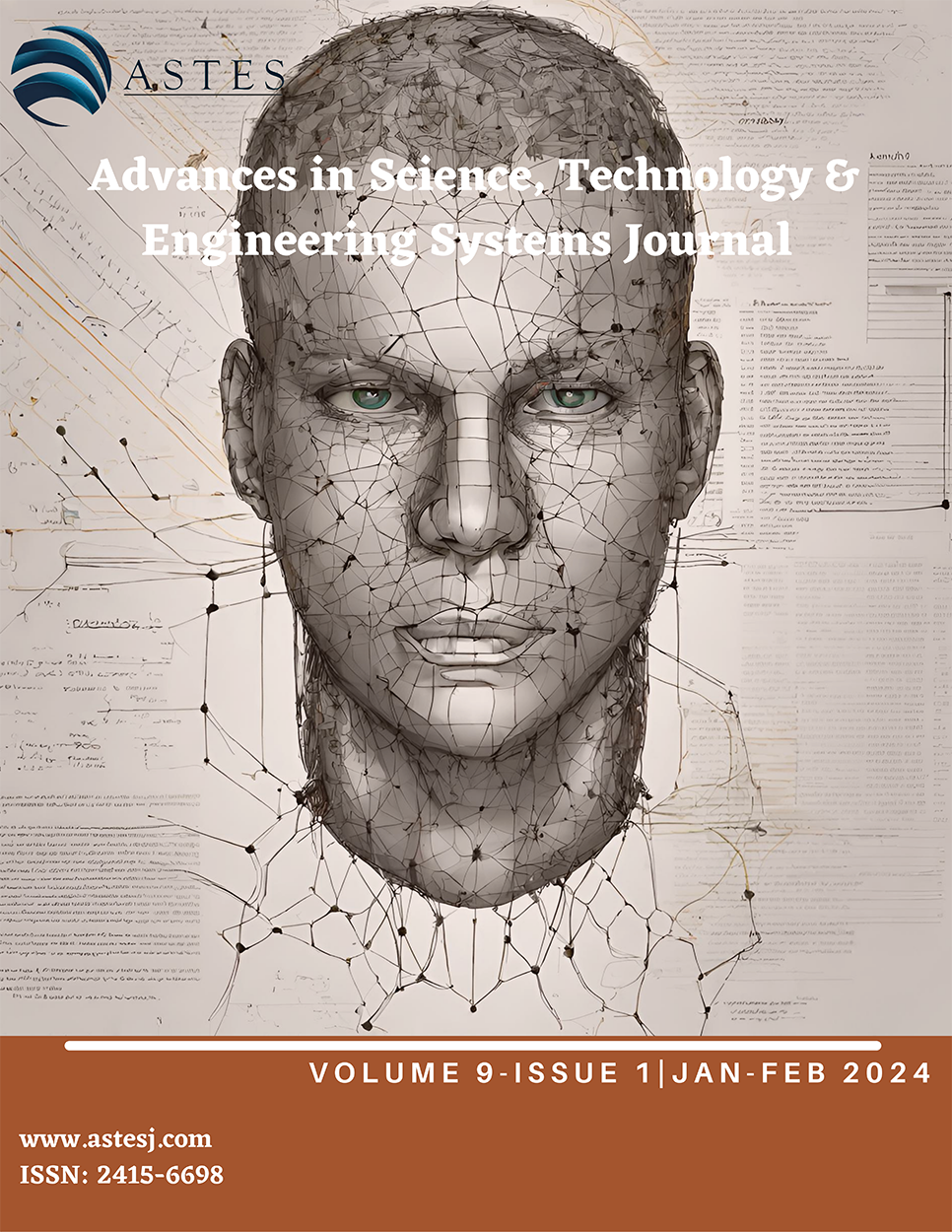Download Complete Issue
This issue features 16 research papers contributing novel approaches across diverse domains: smart farming system for sustainable agriculture in Senegal, wearable technology for analyzing sleep patterns, machine learning resume screening, enhanced IoT security framework, emotion analysis framework for facial expressions, pervious concrete for urban drainage in South Africa, hybrid deep learning model for network anomaly detection, historical perspective on machine translation evolution for low-resource languages, augmented reality for railroad maintenance training, culturally-tailored mobile app for Native American diabetes management, smart agent architecture for direct load control, Diffuse Kalman Filter for autonomous vehicle state estimation, stability assessment of explainable AI algorithms, evaluation of Macaca fascicularis heart rate data for privacy methodologies, automated GSM signal strength and meteorological measurement device, and mathematical model for five-phase permanent magnet generator in wind turbines.
Editorial
Front Cover
Adv. Sci. Technol. Eng. Syst. J. 10(2), (2025);
Editorial Board
Adv. Sci. Technol. Eng. Syst. J. 10(2), (2025);
Editorial
Adv. Sci. Technol. Eng. Syst. J. 10(2), (2025);
Table of Contents
Adv. Sci. Technol. Eng. Syst. J. 10(2), (2025);
Articles
Generative Artificial Intelligence and Prompt Engineering: A Comprehensive Guide to Models, Methods, and Best Practices
Maikel Leon
Adv. Sci. Technol. Eng. Syst. J. 10(2), 1-11 (2025);
View Description
This article enhances discussions on Generative Artificial Intelligence (GenAI) and prompt engineering by exploring critical pitfalls and industry-specific advantages. It begins with a foundational overview of AI evolution, emphasizing how generative models such as GANs, VAEs, and Transformers have revolutionized language processing, image generation, and drug discovery. Prompt engineering is highlighted as a key methodology for directing model outputs with precision and ethical awareness, enabling applications in Natural Language Processing (NLP), content personalization, and decision support. The revised sections detail how prompt engineering can be misapplied, underscoring common errors like overly restrictive or ambiguous prompts that compromise GenAI’s accuracy, ethicality, and creative capacity. Equally, the paper showcases high-impact use cases in finance, education, healthcare, and beyond, illustrating how carefully formulated prompts can strengthen risk detection, enhance student learning, improve clinical decision-making, and foster product innovation. The expanded discussion of industry alignment illustrates the tangible value these techniques offer across diverse sectors, ultimately reinforcing the notion that prompt engineering is central to maximizing GenAI’s transformative potential. Future directions address emerging trends, from multimodal fusion and domain-specific fine-tuning to adaptive prompt designs that leverage real-time user feedback, further solidifying the role of responsible prompt engineering in shaping the next generation of intelligent and ethically aligned AI solutions.
Introducing a Stress Management and Navigation System for Blind Individuals
Youssef Keryakos, Youssef Bou Issa, Michel Salomon, Abdallah Makhoul
Adv. Sci. Technol. Eng. Syst. J. 10(2), 12-27 (2025);
View Description
The most challenging task in daily life of blind individuals is navigating outdoors. In this context, we are introducing and describing a navigation system that will provide two important tasks for blind individuals. Initially, the system will suggest the least stressful route for the blind to navigate among the various possible paths between a starting point and a destination. Finally, the system will provide real-time navigation guidance and real-time obstacle detection. The process to identify the less stressful route begins with the identification of all possible routes then calculating the Index of Difficulty for each Route (IDR), afterwads calculating the index of stress (ISR) based on the IDR for each route, eventually the route with lowest ISR is selected as the least stressful.
AI-Based Photography Assessment System using Convolutional Neural NetworksI
Surapol Vorapatratorn, Nontawat Thongsibsong
Adv. Sci. Technol. Eng. Syst. J. 10(2), 28-34 (2025);
View Description
Providing timely and meaningful feedback in photography education is challenging, particularly in large classes where manual assessment can delay skill development. This paper presents M-Stock, an AI-based automated photo evaluation system that uses Convolutional Neural Networks (CNNs) to assess student photography assignments on web browser. M-Stock evaluates both technical aspects (such as lighting, composition, and exposure) and creative elements, providing students with real-time, formative feedback. The system was trained on a diverse dataset, including student submissions and commercial standards, achieving an overall accuracy of 97.18% with an average prediction speed of 46.1 milliseconds per image. Experiments assessed the system’s performance across varying resolutions and batch sizes, confirming its scalability and suitability for real-time classroom use. Additionally, a pilot study with students indicated that M-Stock’s feedback positively impacted their technical skills and encouraged self-directed learning. The results demonstrate M-Stock’s potential as a transformative tool for photography education, combining high accuracy, immediate feedback, and pedagogical value to support continuous learning. Future improvements will focus on refining creative assessments and expanding the system’s applicability to other visual arts disciplines.

